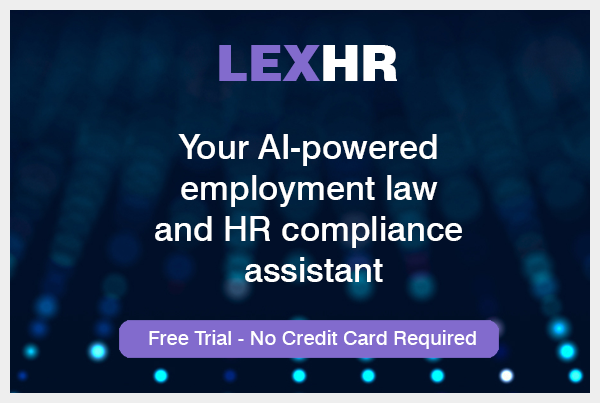In 2025, the Employment Appeal Tribunal (EAT) delivered a significant judgment in Marston Holdings Ltd v Perkins, offering fresh guidance on indirect sex discrimination claims involving childcare responsibilities. The case underscores the need for employers to carefully assess workplace policies that may inadvertently disadvantage women, particularly in relation to travel and working hours.
What is indirect discrimination?
Under Section 19 of the Equality Act 2010, indirect discrimination arises when an employer applies a provision, criterion, or practice (PCP) that appears neutral but disproportionately disadvantages people with a protected characteristic - such as sex - unless it can be objectively justified as a proportionate means of achieving a legitimate aim.
A common context for these claims is when workplace requirements clash with childcare responsibilities, which disproportionately affect women.
Judicial Notice and the Childcare Disparity
Tribunals are permitted to take judicial notice of certain societal facts, including the “childcare disparity”—the well-recognised reality that women more often carry primary childcare responsibilities. However, as the EAT made clear in Perkins, recognising this disparity is not, on its own, enough to prove group disadvantage. Tribunals must still assess whether the specific PCP in question actually causes a disadvantage to women as a group.
The facts: Marston Holdings Ltd v Perkins
Mrs. Perkins, a senior manager, was required to travel across various sites following a company restructure. This change conflicted with her childcare duties, as the travel required her to leave before 7am and return after 6pm - outside standard childcare hours. When she resisted the requirement, she was provisionally selected for redundancy. She brought claims for indirect sex discrimination and unfair dismissal.
Tribunal and EAT findings
The Employment Tribunal found in Mrs. Perkins’ favour, relying on judicial notice of the childcare disparity to conclude that the travel requirement placed women at a disadvantage. It held that the employer failed to justify the PCP and had not adequately considered less discriminatory alternatives.
On appeal, the EAT criticised the tribunal’s reasoning. While accepting the relevance of the childcare disparity, it held that the tribunal had not properly analysed whether this particular PCP disadvantaged women as a group. Furthermore, it said the tribunal failed to carry out a full justification assessment, which must consider whether the PCP is appropriate and necessary in light of the employer’s legitimate aims.
Key Takeaways for Employers
1. Justify workplace requirements
If a policy disproportionately impacts a protected group, employers must provide robust evidence that it is a proportionate way of achieving a legitimate aim - such as business continuity or operational efficiency.
2. Don’t rely on assumptions
Employers cannot assume that a policy is justified without a proper assessment. They must consider the real impact on employees and explore less discriminatory alternatives.
3. Consult and accommodate
Proactive consultation with affected employees can reveal workable solutions - such as adjusted hours or hybrid working - that balance business needs with family responsibilities.
4. Train managers and review policies
Line managers should understand the legal risks of inflexible working requirements. Regular policy reviews and equality impact assessments are critical in preventing indirect discrimination.
Marston Holdings Ltd v Perkins serves as a timely reminder of the need for employers to take a nuanced and evidence-based approach when setting job requirements that may affect employees with caregiving responsibilities. While judicial notice of the childcare disparity remains relevant, tribunals will closely scrutinise whether a specific policy causes actual disadvantage - and whether it is truly necessary. By staying alert to these issues and embedding flexibility and fairness into their practices, employers can reduce legal risk and build a more inclusive workplace.
This article was created with insights from Lex HR - your always-on HR legal assistant. Lex HR helps HR professionals navigate complex employment law with confidence, providing real-time, reliable advice tailored to your needs. Try it free today and see how much easier compliance can be.

